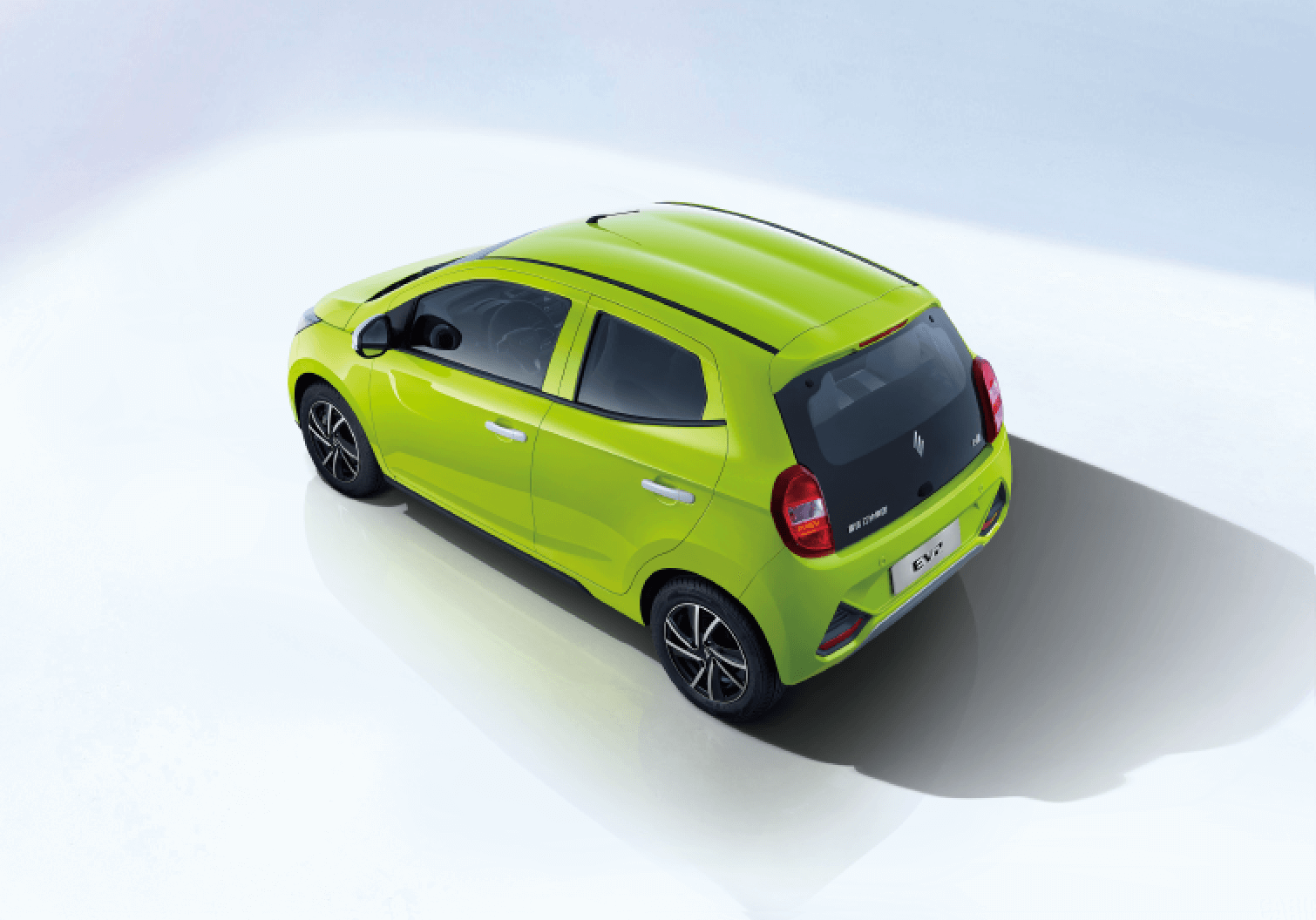Have you ever pondered why some electric vehicles (EVs) available in China aren’t up for grabs elsewhere? The answer is yes, there’s an array of Battery Electric Vehicles (BEVs) by global manufacturers tucked away within China’s vast auto market. Focusing on the second part of our exploration, we’re delving into the BEVs from European automakers exclusive to China.
Highlighting the importance of the Chinese auto sector, it’s not only the world’s largest but at the forefront of EV adoption. This compels international automakers to prioritize BEV offerings here to remain pertinent. While many European brands have an impressive BEV lineup at home, certain models remain exclusive to Chinese consumers.
European Automakers and Their China-Specific BEV Arsenal
Volkswagen and Its Sub-Brand Audi
With nearly 200,000 units sold in 2023, Volkswagen‘s ID.4 has become a global favorite. However, the Chinese market enjoys two unique versions: the ID.4 Crozz and ID.4 X, each stemming from local partnerships with FAW and SAIC respectively. Priced from just above 195,000 RMB, these models are VW’s poster vehicles for affordable BEVs in China. But the ID.4 isn’t alone; enter the ID.6 – a larger cousin offering three rows of seating and an ID.3-like length, it elevates the experience for larger families.
The Audi camp in China rolls out the Q5 e-tron, mirroring the ID.6’s comfort but boasting a plush interior and a more substantial 83.4 kWh battery. Interestingly, Audi also caters to a smaller segment with the Q2L e-tron, a more compact BEV with a 44 kWh battery.
BMW’s Twist on the i3
Bavarian automaker BMW presents the i3 in China, but it’s not the same hatchback known globally. This Chinese variant is a sedan similar to the 3 series in size, equipped with a 70 kWh battery, and has a sales performance that echoes BMW’s reputation for luxury and excellence.
Renault’s Chinese Venture
From France, Renault‘s collaboration with JMEV leads to the JMEV Yi – a mid-sized sedan sporting various battery configurations. The Yi’s modern touches put it ahead of some peers, yet it maintains a sensible production cost.
On the smaller end, Renault dazzles with the diminutive Little Kirin – an urban commuter that manages to be both practical and affordable, contrasting sharply with higher-priced European counterparts.
Assessing Market Strategies and Consumer Impact
The disparity in vehicle pricing between China and Europe raises a crucial question: why? It cannot be solely attributed to safety standards, as Chinese brands fare well in tests. The European market sees less price competition for BEVs compared to China’s aggressive market, where battery prices have dropped sufficiently to enable budget-friendly EVs.
Recent analysis points to potential collusion among European carmakers to keep BEV prices high. With record profits in 2022, it appears a coordinated effort may exist to elevate prices while offering fewer units. European officials are seemingly complicit, considering protectionist measures that impede competition from affordable Chinese BEVs, even those manufactured by international companies.
This protectionism could eventually weaken the global competitive edge of these companies. Furthermore, it hinders the transition to EVs in Europe, where consumers feel the pinch of inflated BEV prices that slow down EV adoption.
In summary, our investigation confirms that certain BEVs available in China from international brands remain exclusive to that market, potentially to the detriment of consumers elsewhere.
